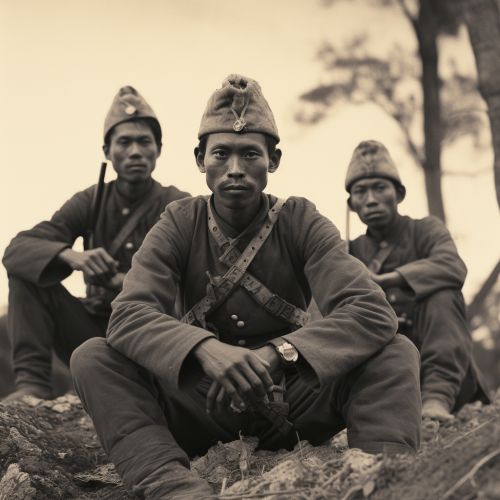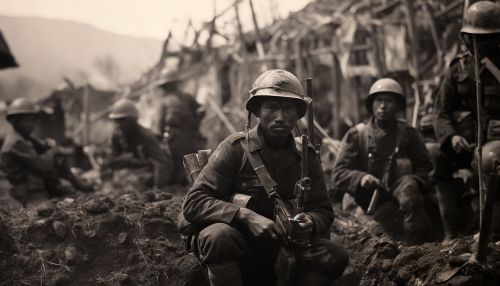Laotian Civil War
Background
The Laotian Civil War was a complex and multifaceted conflict that took place in Laos between 1953 and 1975. It was a part of the larger Indochina Wars, which also included the Vietnam War and the Cambodian Civil War. The Laotian Civil War was fought between the Communist Pathet Lao, backed by the Soviet Union and North Vietnam, and the Royal Lao Government, supported by the United States and other anti-communist allies.


Causes
The causes of the Laotian Civil War were rooted in the political and social changes that occurred in the aftermath of World War II. The end of the war led to the decolonization of Asia, including Laos, which had been a part of French Indochina. The power vacuum left by the departing French colonial authorities led to a struggle for control between the Royal Lao Government and the communist Pathet Lao.
Course of the War
The war began in earnest in 1953, with the Pathet Lao launching a series of attacks against the Royal Lao Government. The conflict was characterized by shifting alliances, political intrigue, and a complex web of foreign involvement. The United States, fearing the spread of communism in Southeast Asia, provided significant military aid to the Royal Lao Government. On the other side, the Pathet Lao received support from the Soviet Union and North Vietnam.
Impact
The Laotian Civil War had a profound impact on the country. The conflict resulted in significant loss of life and displacement of people. The war also left a lasting legacy of unexploded ordnance, which continues to pose a threat to the people of Laos. The war ended with the victory of the Pathet Lao, leading to the establishment of the Lao People's Democratic Republic.
